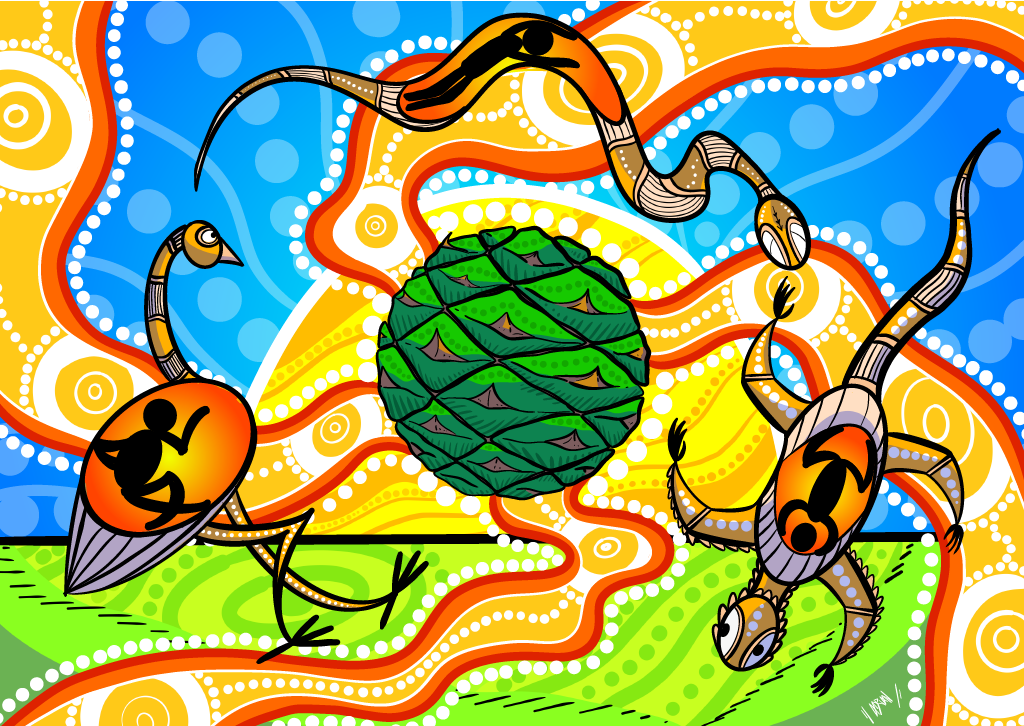Queensland Symphony Orchestra: Classical Favourites
Join Queensland Symphony Orchestra for a spectacular evening of Classical Favourites

#Promising a night of musical brilliance that will stir your soul and ignite your imagination
Join Queensland Symphony Orchestra Thursday 10 April at 7pm for a spectacular evening of Classical Favourites at the Empire Theatre, Toowoomba.
This carefully curated program features iconic compositions and some of the most beloved and timeless works in classical music, promising a night of musical brilliance that will stir your soul and ignite your imagination.
From the magic of Tchaikovsky’s Nutcracker Suite No.2 to the intensity of Prokofiev’s Dance of the Knights from Romeo and Juliet, this concert takes you on an emotional journey through romance, intrigue, and grandeur. Whether you’re a long-time classical music aficionado or new to orchestral music, this is a night not to be missed.
Secure your tickets now and join us for an unforgettable evening of timeless classics.

Benjamin Northey
Conductor

Kristian Winther
Soloist
#Watch a Sneak Peek

#Program
Rossini: Galop from Overture to William Tell
Mozart: Concerto No. 3 in G for Violin & Orchestra. K.216 (Strassburg)
Tchaikovsky: Suite No.2, Op.71b, from Nutcracker
Prokofiev: Suite No.2 from Romeo and Juliet, Op.64ter - Montagues and Capulets
Interval 20 mins
Koehne: Forty Reasons to be Cheerful: festive fanfare for orchestra
Khachaturian: Adagio from Spartacus
Elgar: Nimrod from Enigma Variations, Op.36
Bernstein: Symphonic Dances from West Side Story
Bernstein: Overture to On the Town

For a live music experience like no other, discover Queensland Symphony Orchestra: a world-class, full-scale symphonic orchestra for all Queenslanders. QSO celebrates great music across our state and share the delights of the classical canon with all those who want to listen.









